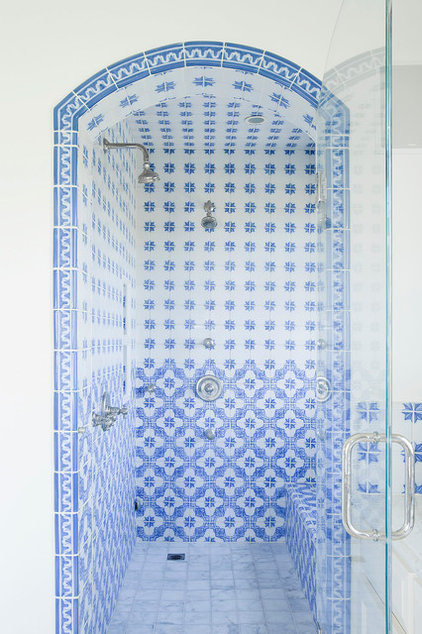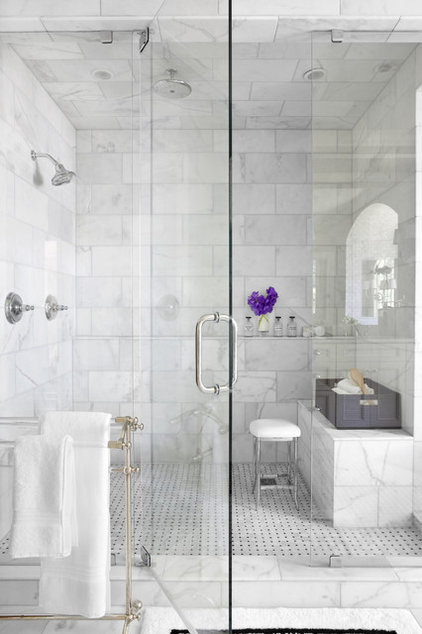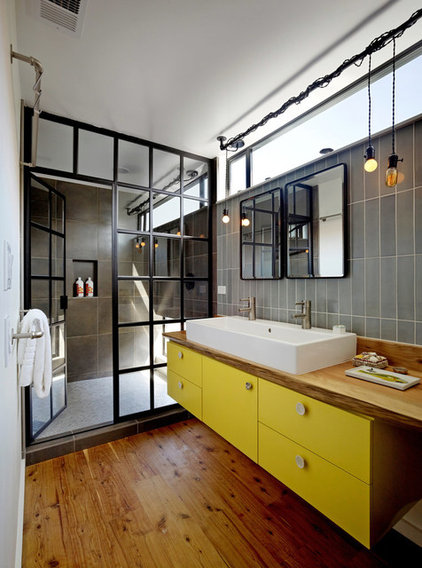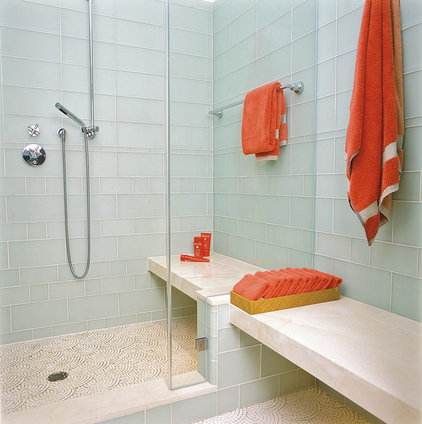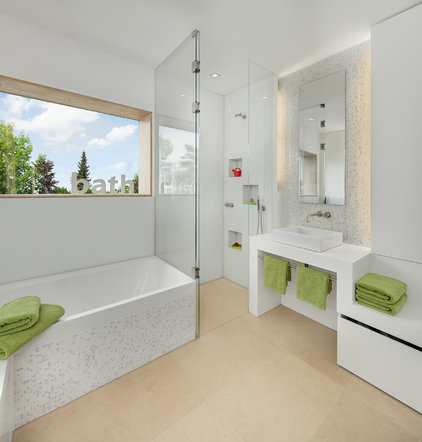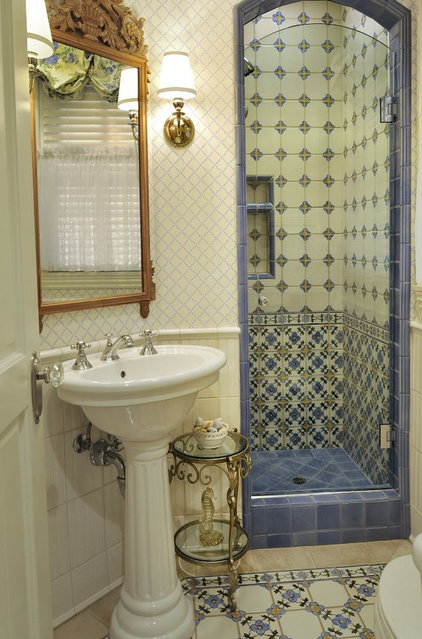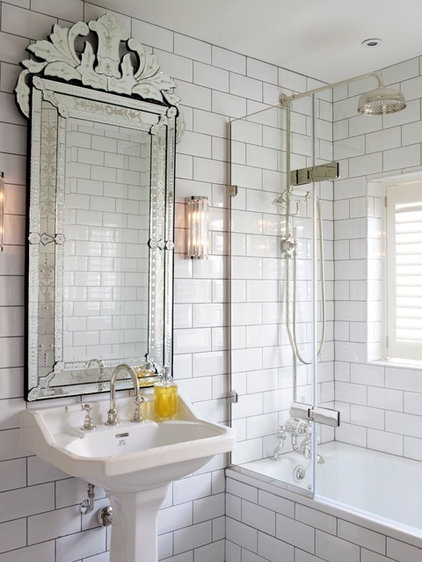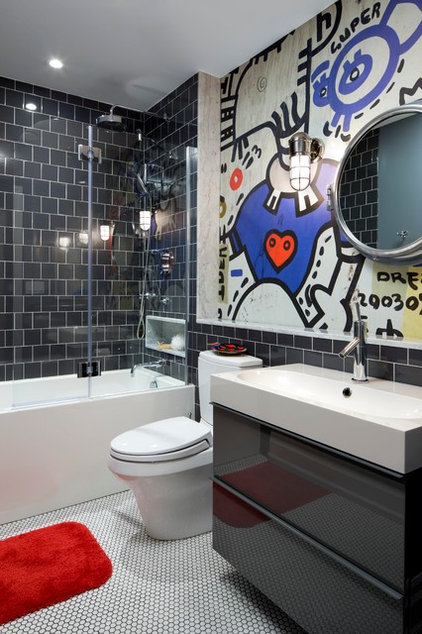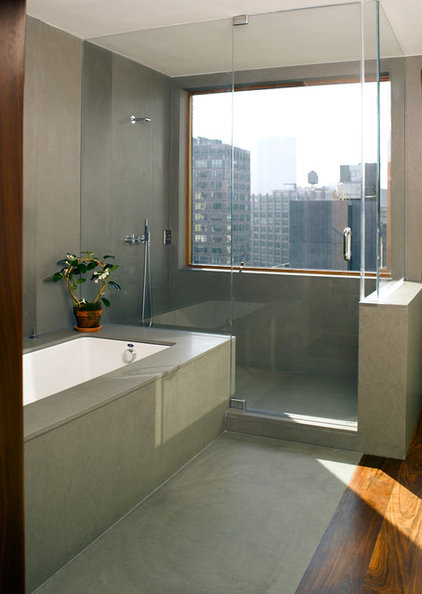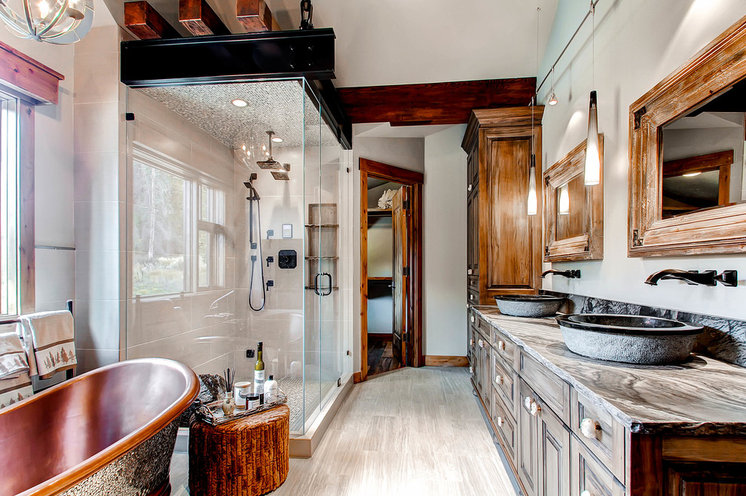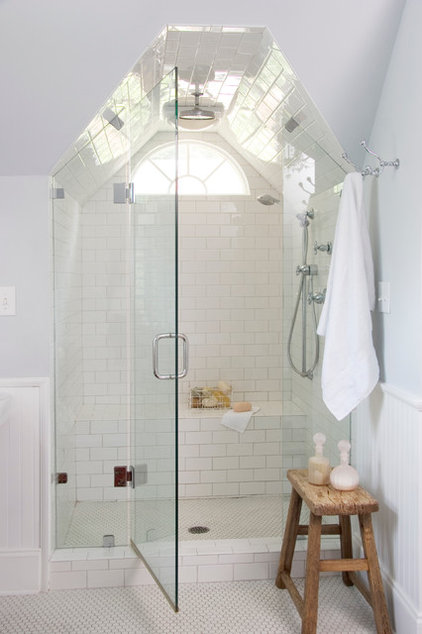 “Fireplaces and Chimneys are something we tend to take for granted. Their not electronic, so they don’t get glitchy, and since we don’t use them everyday, it’s a bit of ‘out of sight, out of mind’. But when not maintained and working properly can become expensive to to fix and quite dangerous…we’re talking fire here folks!”
“Fireplaces and Chimneys are something we tend to take for granted. Their not electronic, so they don’t get glitchy, and since we don’t use them everyday, it’s a bit of ‘out of sight, out of mind’. But when not maintained and working properly can become expensive to to fix and quite dangerous…we’re talking fire here folks!”
Denise Buck & Ed Johnson – DC Metro Realty Team
Your fireplace, the most low-tech piece of equipment in your house, may seem like a simple load-and-light operation, but ignoring annual maintenance can impair its performance, leading to heated air (and dollars) blowing out the chimney, harmful smoke inside, and possibly even a chimney fire.
The average number of annual U.S. home fires caused by fireplace, chimney, and chimney connectors between 2003 and 2005 was 25,100, and the average costs for those fires was $126.1 million, based on the most recent statistics from the Chimney Safety Institute of America. That’s roughly $5,024 in damage per home. Annual chimney maintenance removes flammable creosote, the major cause of chimney fires, and identifies other performance problems.
Is it worth the $205 fee, two-hour service call, and all that ash possibly blackening your carpet? Here’s what you need to know to decide.
Annual inspections keep flames burning right
Creosote — combustible, tar-like droplets — is a natural byproduct of burning wood. The more wood you burn, the wetter or greener the wood, and the more often you restrict airflow by keeping your fireplace doors closed or your damper barely open, the more creosote is produced.
Soot build-up, while not flammable, can hamper venting. One half-inch of soot can restrict airflow 17% in a masonry chimney and 30% in a factory-built unit, according to the CSIA. Soot is also aggressively acidic and can damage the inside of your chimney.
The more creosote and soot, the more likely you are to see signs of chimney fire — loud popping, dense smoke, or even flames shooting out the top of your chimney into the sky. Chimney fires damage the structure of your chimney and can provide a route for the fire to jump to the frame of your house.
“If the chimney is properly maintained, you’ll never have a chimney fire,” says Ashley Eldridge, the education director of the CSIA.
The best way to ensure your chimney isn’t an oil slick waiting to ignite? Get it inspected.
Three inspection levels let you choose what you need
A level-one inspection includes a visual check of the fireplace and chimney without any special equipment or climbing up on the roof. The inspector comes to your house with a flashlight, looks for damage, obstructions, creosote build-up, and soot, and tells you if you need a sweep. If so, he’ll grab his brushes, extension poles, and vacuum, and do it on the spot.
“You should have it inspected every year to determine if it needs to be swept. An annual inspection will also cover you if the neighbor’s children have thrown a basketball in it, or a bird has built a nest,” says Eldridge.
A level one typically runs about $125. Add a sweep, and you’re talking another $80, or about $205 for both services, according to CSIA.
Consider a level-two inspection if you’ve experienced a dramatic weather event, like a tornado or hurricane; if you’ve made a major change to your fireplace; or bought a new house. This includes a level-one investigation, plus the inspector’s time to visit the roof, attic, and crawl space in search of disrepair. It concludes with a sweep, if necessary, and information on what repair is needed. The price will depend on the situation.
A level three inspection is considered “destructive and intrusive” and can resemble a demolition job. It may involve tearing down and rebuilding walls and your chimney, and is usually done after a chimney fire. The cost will depend on the situation.
Small steps can improve your fireplace’s efficiency
Besides the annual sweep, improve your fireplace’s functioning with responsible use.
- Only burn dry, cured wood — logs that have been split, stacked, and dried for eight to 12 months. Cover your log pile on top, but leave the sides open for air flow. Hardwoods such as hickory, white oak, beech, sugar maple, and white ash burn longest, though dry firewood is more important than the species. Less dense woods like spruce or white pine burn well if sufficiently dry, but you’ll need to add more wood to your fire more often, according to CSIA.
- Wood, only wood! Crates, lumber, construction scraps, painted wood, or other treated wood releases chemicals into your home, compromising your air quality. Log starters are fine for getting your fire going, but they burn very hot; generally only use one at a time.
- Close your damper when not using the fireplace to prevent warm indoor air — and the dollars you’re spending to heat it — from rushing up the chimney.
- On a factory-built, prefab wood-burning fireplace, keep bifold glass doors open when burning a fire to allow heat to get into the room.
- Have a chimney cap installed to prevent objects, rain, and snow from falling into your chimney and to reduce downdrafts. The caps have side vents so smoke escapes. A chimney sweep usually provides and can install a stainless steel cap, which is better than a galvanized metal one available at most home improvement retailers because it won’t rust, says Anthony Drago, manager of Ashleigh’s Hearth and Home in Poughkeepsie, N.Y.
- Replace a poorly sealing damper to prevent heat loss. “You can get a top-mounted damper that functions as a rain cap, too, an improvement over the traditional damper because it provides a tighter closure,” says CSIA’s Eldridge.
- Install carbon monoxide detectors and smoke detectors in your house — near the fireplace as well as in bedroom areas.
- If you burn more than three cords of wood annually, get your chimney cleaned twice a year. A cord is 4-feet high, by 4-feet wide, by 8-feet long, or the amount that would fill two full-size pick-up trucks.
- To burn fire safely, build it slowly, adding more wood as it heats and keeping your damper completely open to increase draw in the early stages. Burn the fire hot, at least occasionally—with the damper all the way open to help prevent smoke from lingering the fireplace and creosote from developing.
By the way, fireplaces aren’t officially rated for energy efficiency because they’re so varied. Depending on the source of information, they can be 10% to 30% efficient in converting fuel to heat.
No inspection will turn a masonry or factory-built fireplace into a furnace, but it can improve efficiency somewhat, decrease the amount of heating dollars you’re sending up the chimney, and increase your enjoyment of your hearth time by reducing smoke. If a sweeping prevents a chimney fire, you’re talking about the difference between another ordinary January day, and the potential loss of your home, or even life.
Originally published on House Logic, by Wendy Paris
Read more: http://www.houselogic.com/home-advice/fireplaces-chimneys/chimney-safety-and-maintenance/#ixzz3fORjcHcJ
Follow us: @HouseLogic on Twitter | HouseLogic on Facebook
